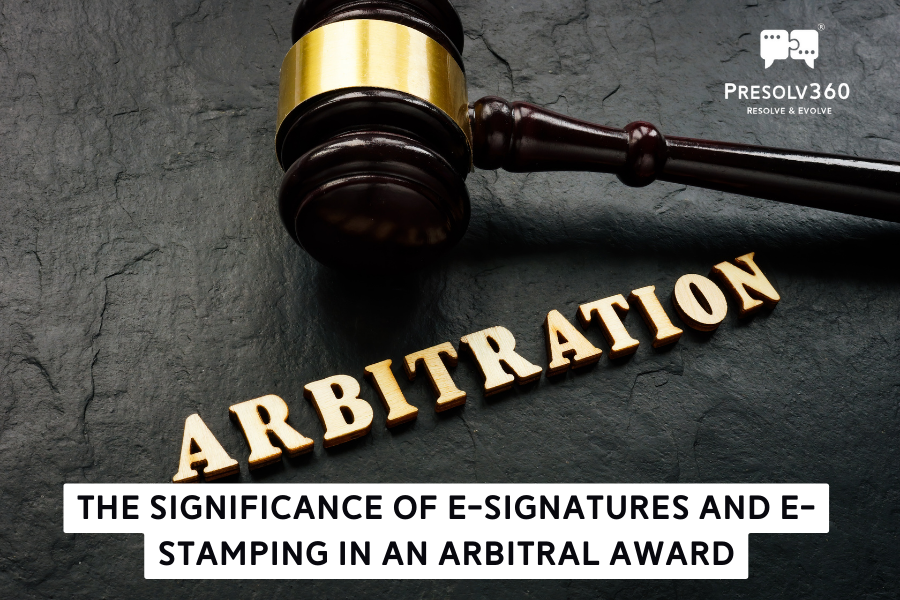Arbitral awards are akin to verdicts in court cases, often made by an arbitration tribunal. For these awards to be legally enforceable, they must meet specific criteria stated in the Arbitration and Conciliation Act, 1996. They need to be in writing, signed by the tribunal, reasoned, and must mention the date and location of arbitration.
There is also an additional requirement — stamping the award, as per Section 35 of the Indian Stamp Act, 1899. Stamping is the process of marking a document, indicating the payment of the required stamp duty. The stamp duty amount varies depending on where the award is made. Without a stamp, or with an insufficient stamp, you cannot use an award for any legal purpose until you pay the deficiency, along with a penalty.
E-signing, e-stamping, and ODR
Technology has brought significant advancement to this process. E-stamping, or electronic stamping, is a method of paying the stamp duty online. The Stockholding Corporation of India Ltd. provides e-stamping services to 22 Indian states, while Maharashtra has introduced its e-stamping facility, i.e., the ‘Electronic Secure Bank and Treasury Receipt‘.
Signing the arbitration award is also crucial, as per the Arbitration and Conciliation Act, 1996. In an era driven by online dispute resolution (ODR), traditional signing isn’t always possible — or the most effective method. This is where e-signatures come into play. Section 5 of The Information Technology Act, 2000 (IT Act) gives legal recognition to these digital signatures, placing them on the same footing as traditional signatures.

The I.T. Act, 2000 goes a step further and by way of Sections 4 and 10A grants legal recognition to electronic records and contracts formed through electronic means, respectively, enabling the possibility of ODR. To further make the concept of e-signatures and electronic records acceptable, parallel provisions and amendments have also found their place in statutes such as the Indian Evidence Act, 1872 whereby, while electronic records are made acceptable in the form of documentary evidence, the presence of a valid e-signature gives rise to a presumption as to electronic agreements (Section 85A). Furthermore, Section 65B provides for the admissibility of electronic records.
The abovementioned provisions showcase that the digital era of justice is here, marking a new wave of transparency, efficiency, and accessibility.
Recognised ways of affixing an e-signature
There are three recognised ways of affixing e-signatures. They are:
- Aadhaar-based OTP e-sign,
- Biometric-based e-sign, and
- Dongle-based e-sign.
At Presolv360, our arbitrators utilize these e-signing methods within the boundaries set by the IT Act, 2000. We ensure the necessary statutory requirements for the creation of a valid Arbitral Award are met.




